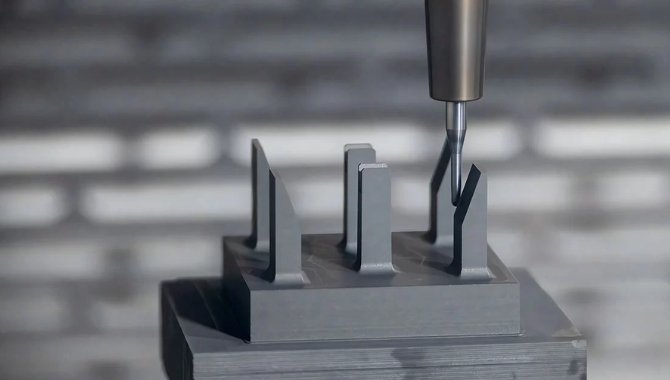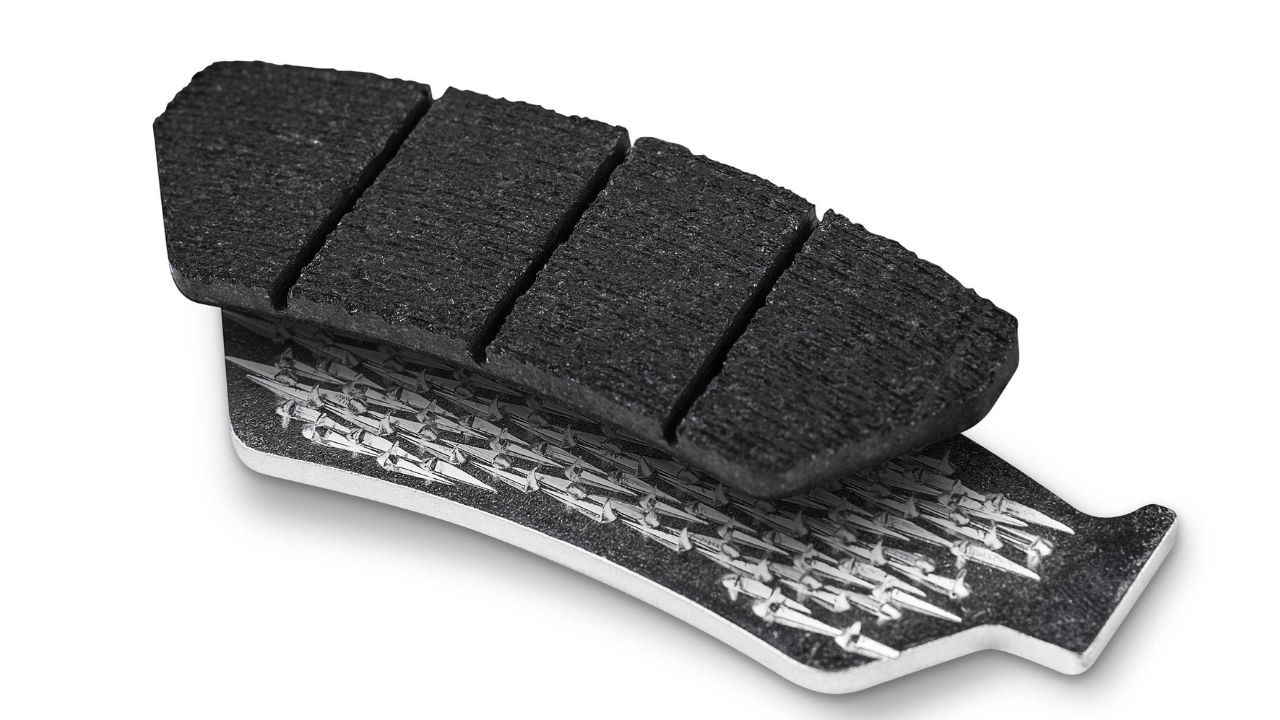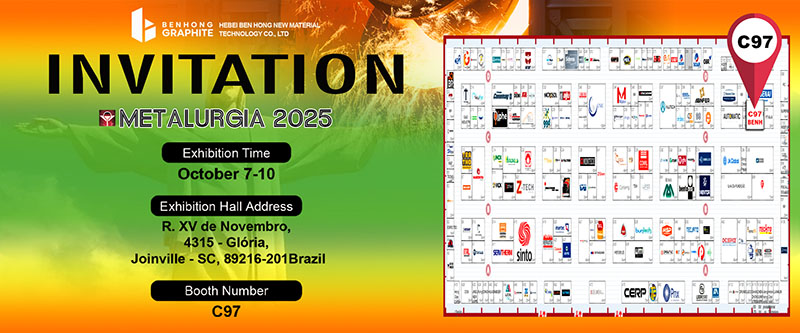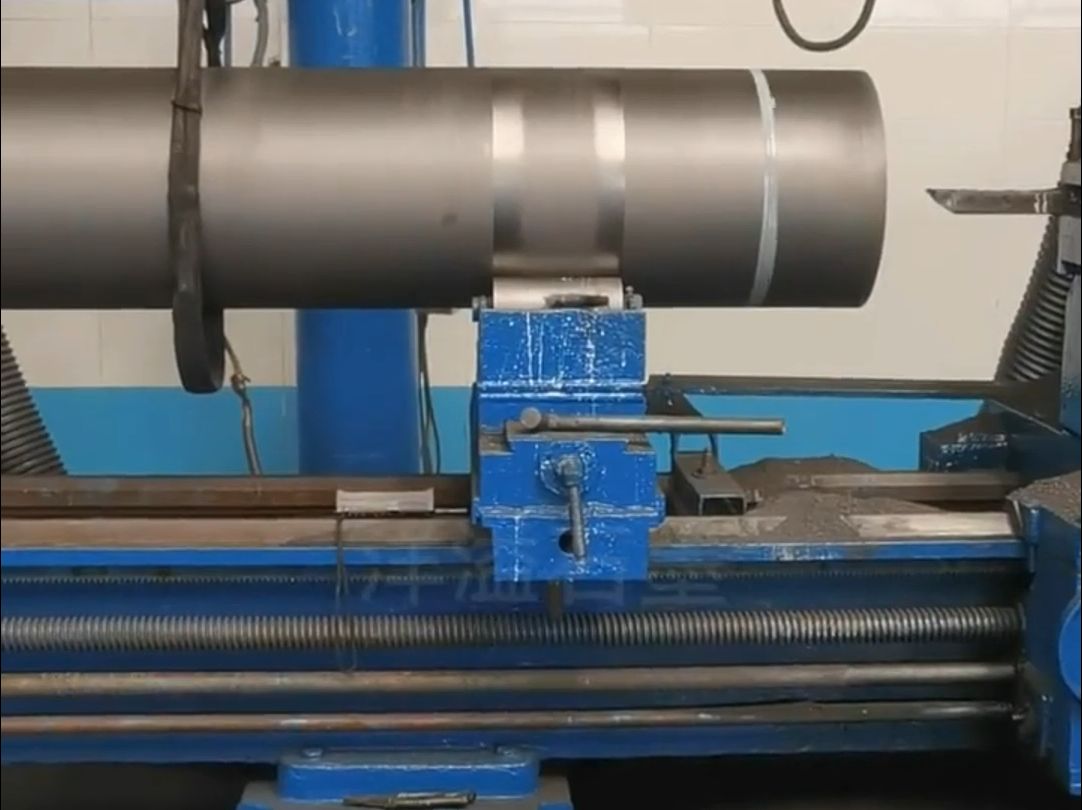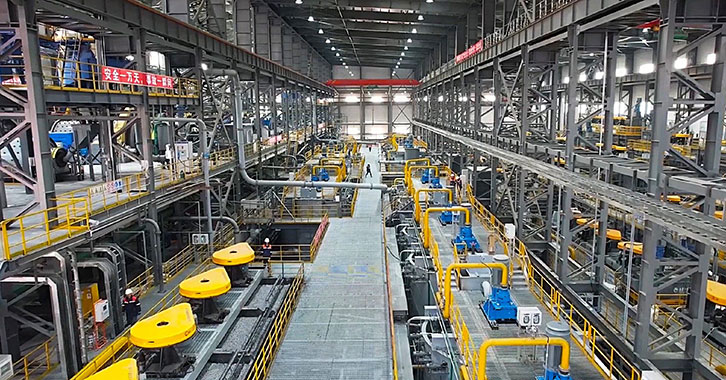Graphite electrodes are critical components in high-temperature applications such as electric arc furnaces, and their performance is directly affected by the graphitization temperature during the manufacturing process. There are certain differences in the graphitization temperatures required for different types of graphite electrodes during the manufacturing process, and these differences affect the performance of the electrodes to a certain extent. This study aims to explore the graphitization temperature requirements of conventional power, high power and ultra-high power graphite electrodes, and analyze the effect of temperature on electrode performance.
1. Conventional power graphite electrode: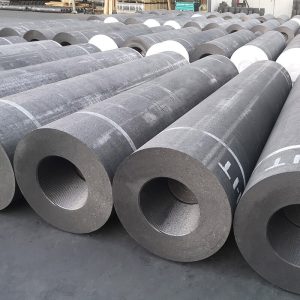
Conventional power graphite electrodes are usually used in small and medium-sized electric arc furnaces, and their graphitization temperature requirements are low. Typically, the graphitization temperature range for conventional power graphite electrodes is between 2000°C and 2500°C. Temperatures in this range are sufficient to meet the performance requirements of these electrodes.
2. High power graphite electrode:
High power graphite electrodes are commonly used in large electric arc furnaces and high energy density applications. This type of electrode requires higher graphitization temperatures, typically between 2500°C and 2800°C. Higher temperatures help increase the electrode’s electrical and thermal conductivity to handle higher current and energy requirements.
3. Ultra-high power graphite electrode:
Ultra-high power graphite electrodes are usually used in high-power electric arc furnaces under extreme conditions, such as metal smelting. These electrodes require the highest graphitization temperatures, typically between 2800°C and 3000°C. Such temperatures ensure that the electrodes perform well under extreme conditions.
4. Effect of temperature on electrode performance:
Graphitization temperature has an important influence on electrode performance. Higher temperatures generally result in increased electrical and thermal conductivity of the electrode, while also helping to improve the electrode’s wear resistance. Therefore, appropriate graphitization temperature selection is crucial to ensure electrode performance when operating an electric arc furnace.
In conclusion
Different types of graphite electrodes vary in graphitization temperature, which is determined by their application and performance requirements. Understanding and accurately controlling graphitization temperature is a key factor in ensuring electrode performance and longevity. Depending on the required power and application, manufacturers should establish appropriate graphitization temperature parameters for different kinds of electrodes.

